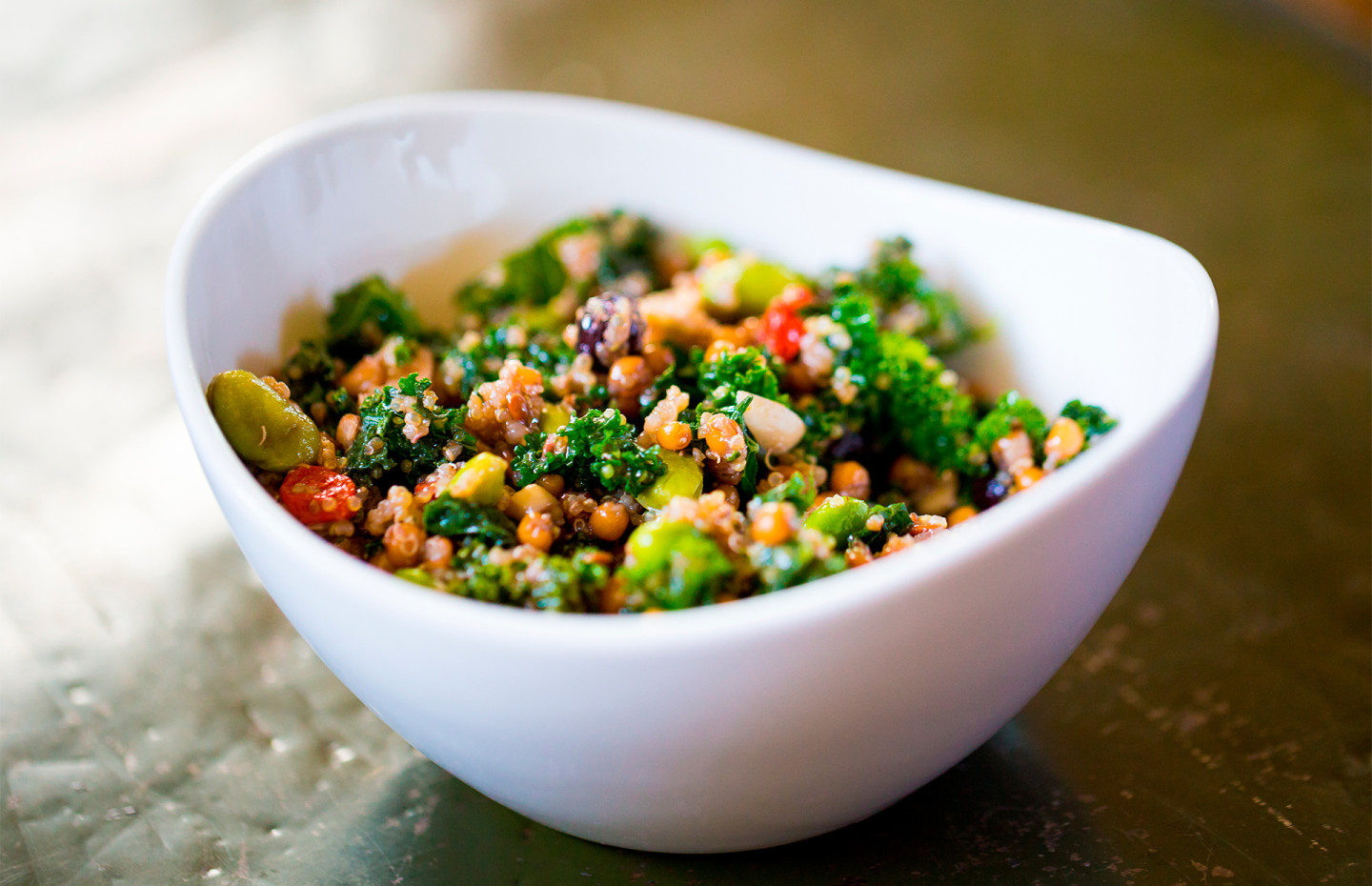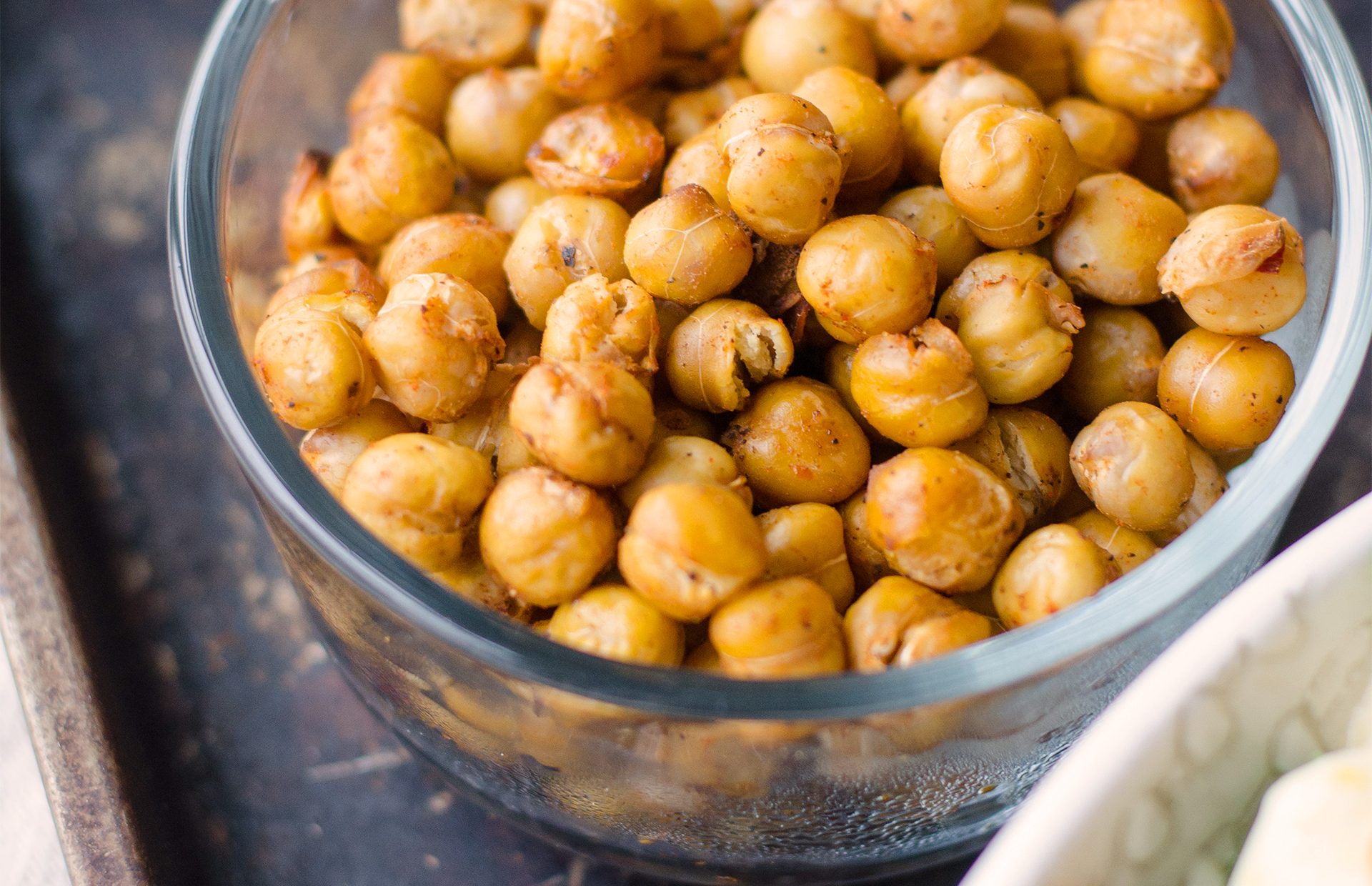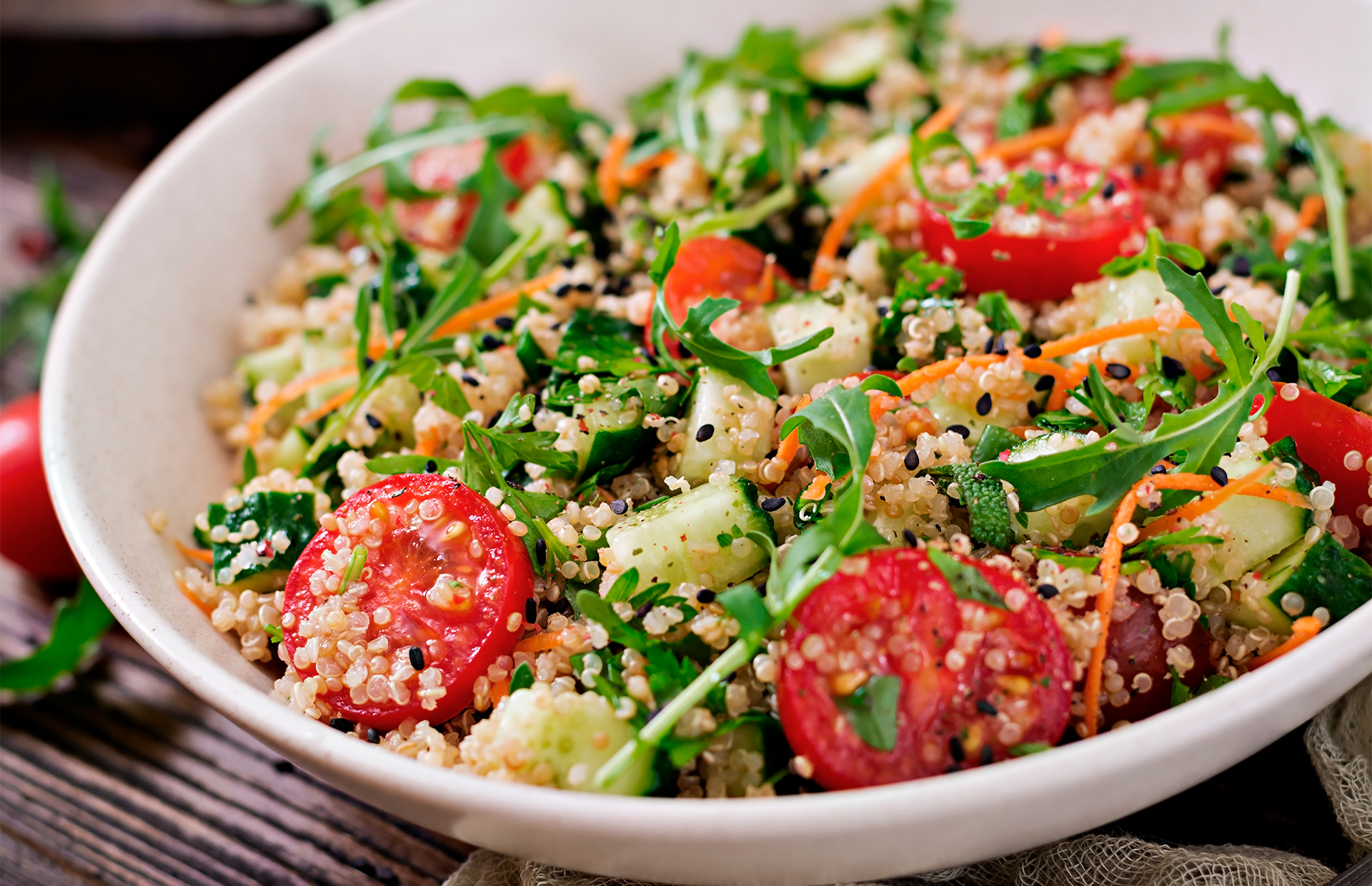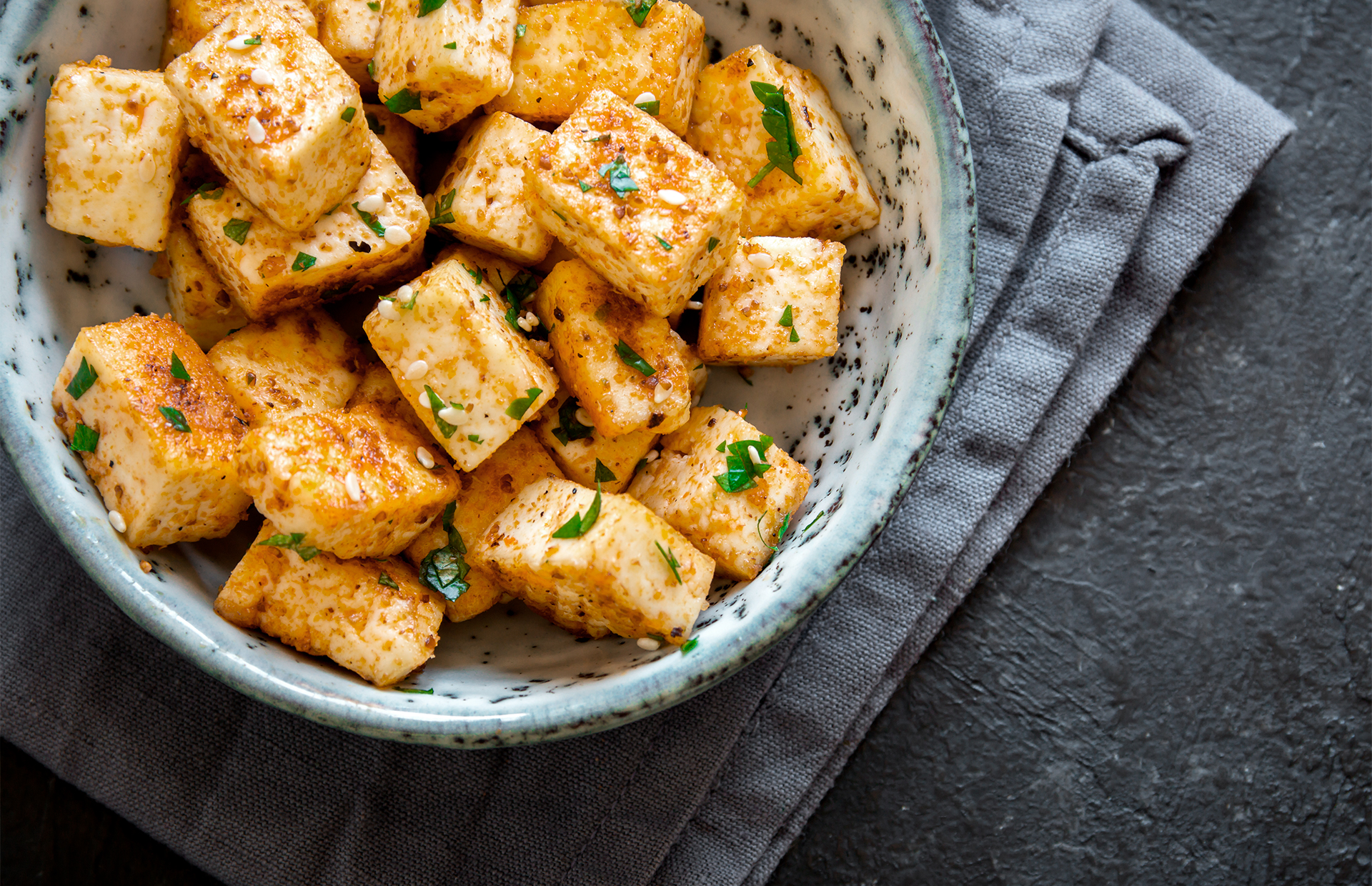
As you know, a balance of proteins, fats and carbohydrates is necessary for a slim figure and good health. And with a strict or vegetarian diet, there is a risk of protein deficiency (we have already written about how to detect it) with all its unpleasant consequences in the form of weakening of the body, loss of muscle mass and skin tone. We’ll tell you about seven plant-based foods that will help you get more protein.
1. Legumes
The most obvious solution to getting plant protein is to look for it in legumes. The leaders are definitely red lentils – 18 grams per serving (about a glass when cooked), red beans – 16 grams, black beans – 14 grams, mung beans – 14 grams, chickpeas – 14 grams. In addition, legumes supply the body with B vitamins, which are important for cellular metabolism, strong immunity and an even mood.

2. Buckwheat
Buckwheat is commonly turned to for iron (in addition to being considered delicious), but it’s also great for those trying to eat more protein. One serving of buckwheat (about 150 grams of ready-made cereal) contains 5 grams of protein. That is, you won’t be able to sit on buckwheat alone and get enough protein, but it is a good help for a menu balanced with other products.
3. Quinoa
A favorite product of Western nutritionists. In Europe, quinoa is expensive, but it is quite economical in consumption. An important rule: before cooking, quinoa must be rinsed to remove the bitter taste. One serving of quinoa contains 8 grams of protein.

4. Whole grain bread with sprouts
Regular white bread has minimal protein, so there’s nothing to hope for. Another thing is whole grains, especially those varieties that contain seeds, nuts and sprouts. Depending on the composition, one piece of this bread can provide you with 3-5 grams of protein. And of course, unprocessed grain along with its shell provides the body with many vitamins (primarily the same B-group) and microelements.
5. Tofu
Bean curd is often offered as a reliable source of protein (8 grams in 100 grams of tofu) and almost as often rejected due to its peculiar taste. The secret to cooking tofu is that it easily takes on the flavor of the marinade or sauce in which it is cooked. So instead of trying to eat tofu on its own, try making red curry, chili or mushroom soup with it. Soft tofu can be an alternative to eggs in your morning omelet. Other benefits of this product include eight essential amino acids, vitamin B1, magnesium, copper and zinc.

6. Pumpkin seeds
Pumpkin seeds are regular participants in all sorts of lists of the healthiest foods. They really do contain a lot of essential microelements, antioxidants and an impressive supply of magnesium (an “anti-stress” effect). They are also good as a source of protein – 5 grams in one handful (25-30 grams).
7. Amaranth
Like quinoa, amaranth in Europe is a rather exotic and expensive grain. But it’s worth trying to find and cook it. One serving of amaranth contains 9 grams of protein. Amaranth is also found in the form of flour, which can be used for healthy baking options.
